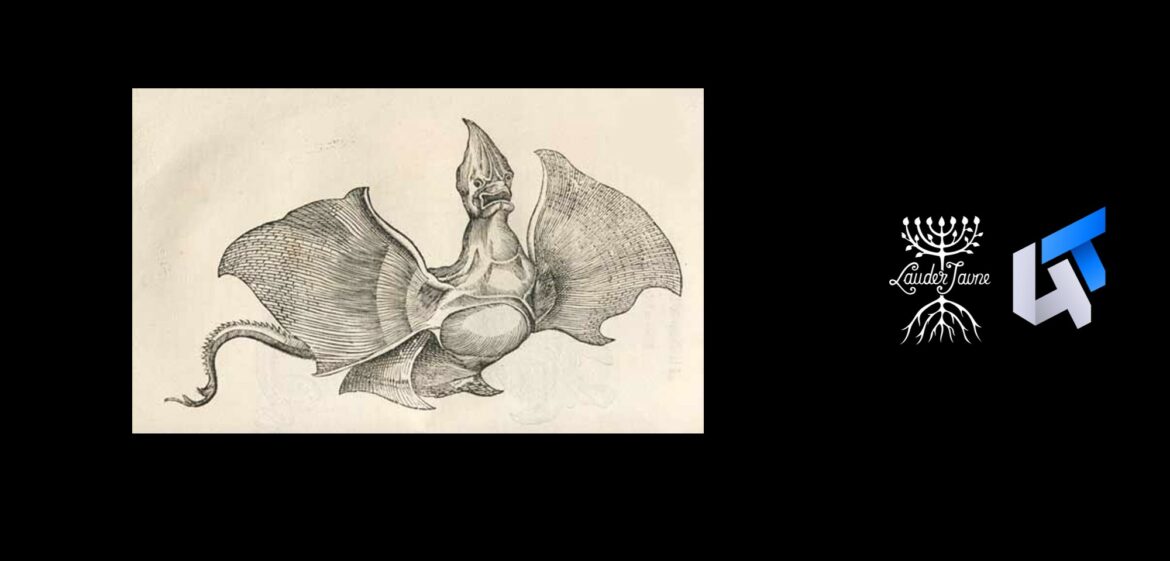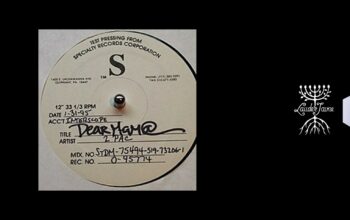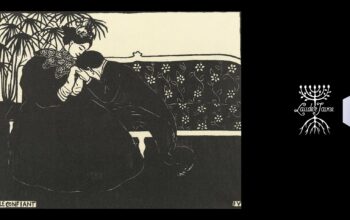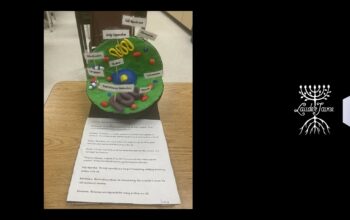Detailed course outlines from Hanna Sárdi – Elective modules
Edited by Suzie Noe
Years taught: 11th
Objective: To introduce students to monsters from different cultures and gain an understanding of how fear, politics, and religion contribute to the creation of monsters.
Subject areas: literature, art history, history, social sciences
Key skills: communication, reading comprehension, critical thinking, close analysis, creativity
Length: 10-12 weeks.
Language level: C1
- Introduction: Etymology of monster. Students play a game of “monsters bingo” to get them thinking about the variety of monsters.
- Fight or Flight A brief introduction to the flight or fight response, physiological and psychological responses to fear. The central question is: what makes you afraid? Categorising the sources of fear into cultural, political, racial, economic, and interpersonal threats. Students play a game of kahoot where they are presented with a situation based on a famous monster and have 3 seconds to decide if they would fight or flee followed by identifying the monsters, the source of threat, and discussing their reactions.
- Can we eat the barnacle goose? This class introduces mediaeval bestiaries and illuminated manuscripts. Warm-up drawing game, followed by a discussion of animalistic monsters. Students are given a booklet with an extract from Topographia Hibernica by Gerald of Wales. They have to draw what they think the barnacle goose looks like. After comparing interpretations, students are shown mediaeval depictions of the animal, and asked if it could be eaten, recalling the rules of keeping kosher and christian fasting. This is followed by an explanation of the barnacle goose/goose barnacle confusion. To conclude, Explain the historical background of bestiaries and manuscripts,talk about the allegories/morals associated with them (unicorn, basilisk, Mélusine.) I usually use this class as an opportunity to tell them about mediaeval romances and popular fiction which include monstrous fairies and magical creatures.
- Vampires and social anthropology The aim of this topic is to talk about a popular and well-known monster and look at its various forms through the lens of anthropology. Lesson begins with a picture of the Strix and an explanation/definition. Students are asked to list everything they associate/know about vampires, as well as listing famous vampires. Answers are compiled on the board. Explanation of vampires is provided through learning about bodily functions and decomposition (e.g. supple skin, skin shrinkage, bacteria in the stomach etc.) Brief explanation of Venetian vampire graves. Finally, students are given fact sheets about the Kenyan wazimamoto and Zambian banyama. They are tasked to think about the anthropological reason behind these vampiric figures. After comparing responses, class concludes with a discussion about colonialism and urbanisation after WW1.
- Designing a community Following the introduction to culture and history’s effect on monsters, students are given worksheets to build their own communities in small groups based on set prompts and questions. Afterwards, they are tasked with creating a monster that represents one of the anxieties their community faces (political, natural, social, etc.) and writing a myth around it. To conclude, the teams share their myths, and the class has to make assumptions about the communities (different variations have been done in the conclusion depending on class size etc.)
- Moral panic The final topic revolves around the concept of moral panic, looking at a short scene from Arthur Miller’s play The Crucible. Class discussion around what they saw in the scene and what they think happened. Then they are given context: It’s about the Salem witch trials as well as the Red Scare and McCarthyism. Class discussion about other moral panics (Red Scare, Satanic panic, AIDS crisis) By the end of the class students should have an understanding of the 7 archetypal moral panic subjects with relevant examples.
- Conspiracy theories Closely following the discussion on conspiracy theories, students list every conspiracy theory and paranormal belief they have heard of. The list is compiled on the board with discussion on its possible causes, influence and believability. Looking at monster-specific theories, students look up evidence that prove the existence of, for example, aliens, mermaids, Big Foot, ghosts etc. Then, students are assigned the task of creating a conspiracy theory monster that lives on school grounds. The concluding assignment of the module consists of them leaving the classroom, piling evidence, interviewing the student body/faculty and presenting their case in a mock conference for “young conspirators”.
- Module usually concludes with a monster movie 🙂
Photo credit: What is a monster?. University of Cambridge. (2015, September 7). https://www.cam.ac.uk/research/discussion/what-is-a-monster




